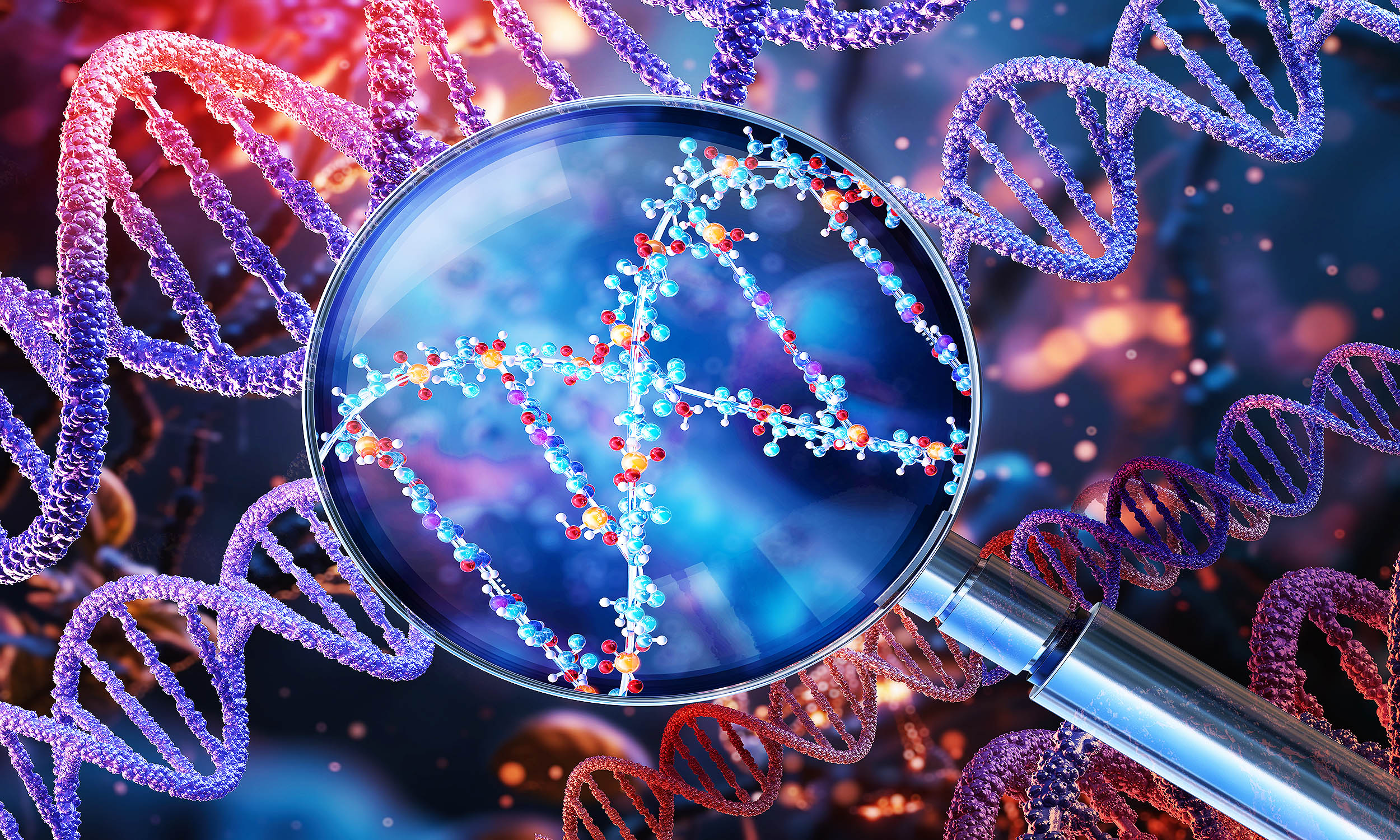For a long time, the story of evolution has centered on chance – mutations arrive without a plan, and natural selection keeps the winners. That view isn’t wrong, but it’s incomplete.
A recent study shows that parts of evolution look orderly. Not every genetic outcome is a coin toss. Some genes tend to show up together while others stay separate.
Those tendencies add structure to how genomes change over time, making evolution predictable to a certain extent.
Deciphering the pangenome
Bacterial species carry two kinds of genes: a core set shared by all members and an accessory set that changes from strain to strain. The full collection is called a pangenome.
Accessory genes matter because bacteria can exchange them through horizontal gene transfer. That process spreads useful traits quickly, including resistance to antibiotics, new ways to use nutrients, and tools to handle stress.
The study was led by Professor James McInerney and Dr. Alan Beavan from the School of Life Sciences at the University of Nottingham, and Dr. Maria Rosa Domingo-Sananes from Nottingham Trent University.
“The implications of this research are nothing short of revolutionary,” enthused Professor McInerney, the lead author of the study.
“By demonstrating that evolution is not as random as we once thought, we’ve opened the door to an array of possibilities in synthetic biology, medicine, and environmental science.”
Using AI to make gene predictions
The researchers compiled thousands of E. coli genomes and recorded which accessory genes each strain carries. They turned this into a large presence-absence matrix, with rows for strains and columns for genes.
They trained a machine-learning method called a random forest to predict whether a gene is present based on the rest of a genome’s accessory gene profile. They trained and tested the model many times to guard against chance splits.
The model succeeded for a substantial portion of the accessory genome. It could reliably predict the presence or absence of many genes based on the broader gene pattern.
Some genes tend to co-occur, likely because they work on connected steps of the same task. Others seldom appear together, often because they overlap in function or interfere with one another.
“We found that some gene families never turned up in a genome when a particular other gene family was already there, and on other occasions, some genes were very much dependent on a different gene family being present,” explained Dr. Domingo-Sananes.
Gene interactions and evolution
The study does not claim that every gene is predictable. Many accessory genes still look erratic, either because local history matters or because there isn’t yet enough data to capture their rules.
A correct forecast does not imply fate. It points to structure – constraints and tendencies – inside which change still happens.
The patterns held across different parts of the species’ family tree, supporting the idea that selection and gene-gene interactions – not just shared ancestry – shape these outcomes.
“These interactions between genes make aspects of evolution somewhat predictable, and furthermore, we now have a tool that allows us to make those predictions,” added Dr. Domingo-Sananes.
Evolution, genes, and healthcare
Public health teams track antibiotic resistance genes to stay ahead of infections. If certain accessory genes tend to accompany a resistance gene, tests can scan for that supporting set.
That approach can flag trouble earlier, because partner genes may appear before the main gene becomes common.
In applied microbiology, teams build strains that make medicines, recycle waste, or capture pollutants. Knowing which gene combinations tend to work well together – and which combinations tend to clash – saves time and money.
“From this work, we can begin to explore which genes ‘support’ an antibiotic resistance gene, for example. If we are trying to eliminate antibiotic resistance, we can target not just the focal gene but also its supporting genes,” Dr. Beaven concluded.
“This approach can help synthesize new genetic constructs that may lead to new drugs or vaccines. Knowing what we now know has opened the door to many other discoveries.”
How to read results
Across many genomes, some genes keep showing up together. That’s co-occurrence, and it usually means the genes work on the same job.
Other pairs almost never share a genome. That’s mutual exclusion. They likely clash or do duplicate work. These patterns leave a fingerprint across the whole pangenome, and a computer model can learn that fingerprint.
Methods matter. Scientists group related genes into families and adjust for how closely strains are related.
They also test distant branches of the E. coli family tree. When the patterns still hold, it points to selection and real gene interactions – not just inheritance.
Genes, evolution, and future studies
Practical tools can build on this framework. Diagnostic panels can add partner genes that often travel with targets of concern.
Surveillance can watch for early warning signs in hospital isolates and wastewater. Engineering teams can map friendly and unfriendly gene pairings before they build strains.
The broader takeaway remains consistent. In bacteria, a significant slice of the accessory genome behaves in patterned ways.
Those patterns reflect how genes interact and how selection keeps useful partnerships while avoiding costly overlaps. Evolution still surprises, but it also leaves tracks that careful analysis can read.
The full study was published in the journal Proceedings of the National Academy of Sciences.
—–
Like what you read? Subscribe to our newsletter for engaging articles, exclusive content, and the latest updates.
Check us out on EarthSnap, a free app brought to you by Eric Ralls and Earth.com.
—–
